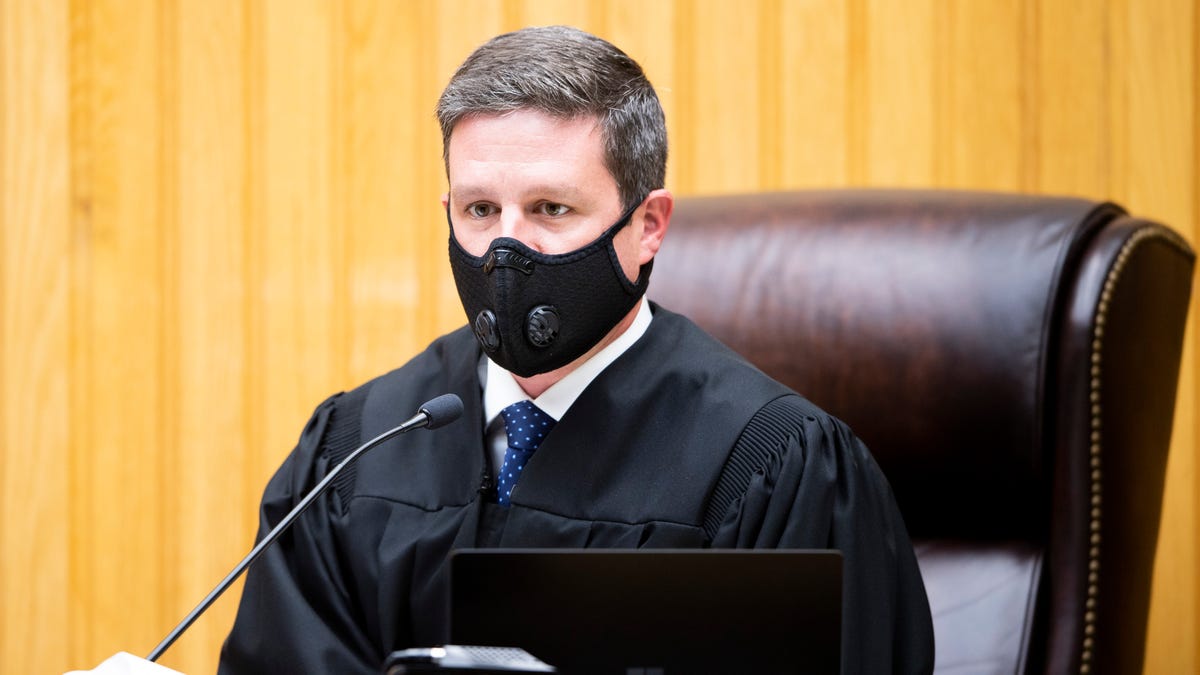BACKGROUND AND PROCEDURAL FACTS
Plaintiff claims that Veloz purchased the premises known as 4260 Broadway, Unit 604 in the city, county, and state of New York by deed dated February 20, 1998 (NYSCEF #15 — Deed). The deed contained a recitation that Veloz's title was subject to the Declaration and By-Laws of 4260 Broadway (id.). Plaintiff claims that pursuant to the governing documents of 4260 Broadway, all unit owners are obligated to pay common charges and special assessments assessed by the Board of Managers (NYSCEF #16 — 4260 Broadway By-Laws at Art 6, § 6.2). Plaintiff also claims that if common charges are not paid on the date due, then such assessment shall become delinquent and, together with late fees and interest, shall constitute a lien on the unit owner, and the Board of Managers shall be entitled to collect legal fees (id. at Art 6, §§ 6.2, 6.4).
Due to Veloz's sporadic and insufficient common charges payments, plaintiff filed a lien on February 1, 2019, at the City Register of the City of New York in the amount of $19,559.61 for unpaid payments through January 15, 2019 pursuant to RPAPL § 339-z (NYSCEF #17 — Lien). The lien is a continuing lien and encompasses the aggregate of unpaid common charges and special assessments that have accrued since the filing of the lien (id.). Plaintiff claims that as of November 20, 2019, Veloz was indebted to it in the amount of $23,252.46 for unpaid assessments and fees (NYSCEF #21 — Ledger). The 4260 Broadway By-Laws permit plaintiff to foreclose on a lien for unpaid common charges or to recover a money judgment for unpaid common charges (NYSCEF #16 at Art 6, § 6.4).
Plaintiff's first cause of action is for breach of contract, and plaintiff seeks monetary damages including interest and costs incurred (NYSCEF #18 at 8). Plaintiff's second cause of action is for attorneys' fees pursuant to Article 6 of the 4260 Broadway By-Laws (id.). Plaintiff's third cause of action is for a judgment of foreclosure and sale on Veloz's apartment unit, and that all persons claimed under defendants or all persons or parties making claims subsequent to the filing of the notice of lien shall be barred and foreclosed from all estate, right, title, interest, claim lien and equity of redemption of the premises (id. at 8-9). Defendants "John Does" 1 through 10 are possible holders of interest in the subject premises (id., ¶ 9).
Plaintiff filed its summons and verified complaint on May 3, 2019 (NYSCEF #18). Plaintiff served Veloz by substituted service at 4260 Broadway, Unit 604. Plaintiff personally delivered and left a copy of the documents with Cemio Ergun, a person of suitable age and discretion, who stated that he lived at the premises, on May 13, 2019 (NYSCEF #19 — Affidavits of Service). Plaintiff also mailed. a copy of the documents by first-class mail on May 14, 2019 (id.). Subsequently, plaintiff filed an affidavit of service on May 21, 2019 (id.). In compliance with CPLR § 3215(g), plaintiff also served Veloz with a copy of the summons by first-class mail on November 20, 2019, and submitted an affidavit of additional service (NYSCEF #22).
Veloz did not appear or answer in this action by filing an answer to the complaint or by submitting an opposition to plaintiff's motion. Plaintiff's instant motion was timely filed within a year of Veloz's default. Veloz's time to answer or appear was not extended.
DISCUSSION
The branch of plaintiff's motion for default judgment against defendant Veloz is granted. Plaintiff has demonstrated compliance with CPLR 3215. CPLR 3215(f) states that on any default judgment application, "the applicant shall file proof of service of the summons and the complaint... proof of the facts constituting the claim, the default and the amount due by affidavit." Plaintiff's submitted proof demonstrates its entitlement to entry of default judgment against Veloz.
Plaintiff properly served Veloz with the summons and complaint by substituted service in compliance with CPLR § 308. CPLR § 308 requires the documents to be delivered to "a person of suitable age and discretion at the dwelling place of the person to be served" and to be mailed "to the person to be served at his last known residence by first-class mail." Plaintiff personally delivered the documents to Veloz's apartment unit and left them with a person over the age of eighteen who lived there. On the next day, plaintiff also mailed the documents to Veloz's apartment unit by first-class mail. Thus, service in this matter was proper.
Further, plaintiff shows proper proof of the default. Veloz never appeared or answered in this matter (NYSCEF #12, ¶ 16). Additionally, plaintiff complied with CPLR 3215(g), which states that "an affidavit shall be submitted that additional notice has been given by or on behalf of plaintiff ... by mailing a copy of the summons by first-class mail to defendant at his place of residence." Plaintiff submitted proof of service of additional notice in compliance with CPLR 3215(g), by mailing a copy of the summons by first-class mail to Veloz at his apartment unit.
Next, plaintiff produces proper proof to demonstrate its entitlement to foreclose on Veloz's premises and sell it to recover on the unpaid common charges as permitted by statute and the governing documents of 4260 Broadway. Real Property Law (RPL) § 339-aa reads in pertinent part as follows:
The lien ... shall be effective from and after the filing in the office of the recording officer in which the declaration is filed a verified notice of lien stating the name (if any) and address of the property, the liber and page of record of the declaration, the name of the record owner of the unit, the unit designation, the amount and purpose for which due, and the date when due; and shall continue in effect until all sums secured thereby, with the interest thereon, shall have been fully paid or until expiration six years from the date of filing, whichever occurs sooner. In the event that unpaid common charges are due, any member of the board of managers may file a notice of lien as described herein if no notice of lien has been filed within sixty days after the unpaid charges are due... Such lien may be foreclosed by suit authorized by and brought in the name of the board of managers, acting on behalf of the unit owners... In any such foreclosure the unit owner shall be required to pay a reasonable rental for the unit for any period prior to sale pursuant to judgment of foreclosure and sale, if so provided in the bylaws, and the plaintiff in such foreclosure shall be entitled to the appointment of a receiver to collect the same. The board of managers, acting on behalf of the unit owners, shall have power, unless prohibited by the by-laws, to bid in the unit at foreclosure sale, and to acquire and hold, lease, mortgage and convey the same. Suit to recover a money judgment for unpaid common charges shall be maintainable without foreclosing or waiving the lien securing the same, and foreclosure shall be maintainable notwithstanding the pendency of suit to recover a money judgment.
(RPL § 339-a).
Plaintiff filed a valid lien on February 1, 2019 that listed the pertinent information and was properly and timely recorded (NYSCEF #17). As this is a continuing lien, Veloz's common charges continued to accrue following the recording of the lien. Plaintiff's submitted evidence demonstrates that Veloz has unpaid common charges and special assessments due and owing in the amount of $23,252.46 as of November 20, 2019. As permitted by statute, plaintiff is entitled to foreclose on Veloz's premises due to his failure to pay the common charges or clear the lien prior to this suit. As such, plaintiff has fully complied with all CPLR 3215 requirements and is entitled to entry of default judgment.
The branch of plaintiff's motion to appoint a referee is also granted. As Veloz failed to answer within the time allowed, an appointment of a referee pursuant to RPAPL § 1321 is appropriate here to determine the amount of charges outstanding and the amount on the prior incumbrances, and to examine and report whether Veloz's premises can be sold in parcels. All defendants who have or claim to have some interest in or lien upon Veloz's premises are subordinate to plaintiff's lien."























